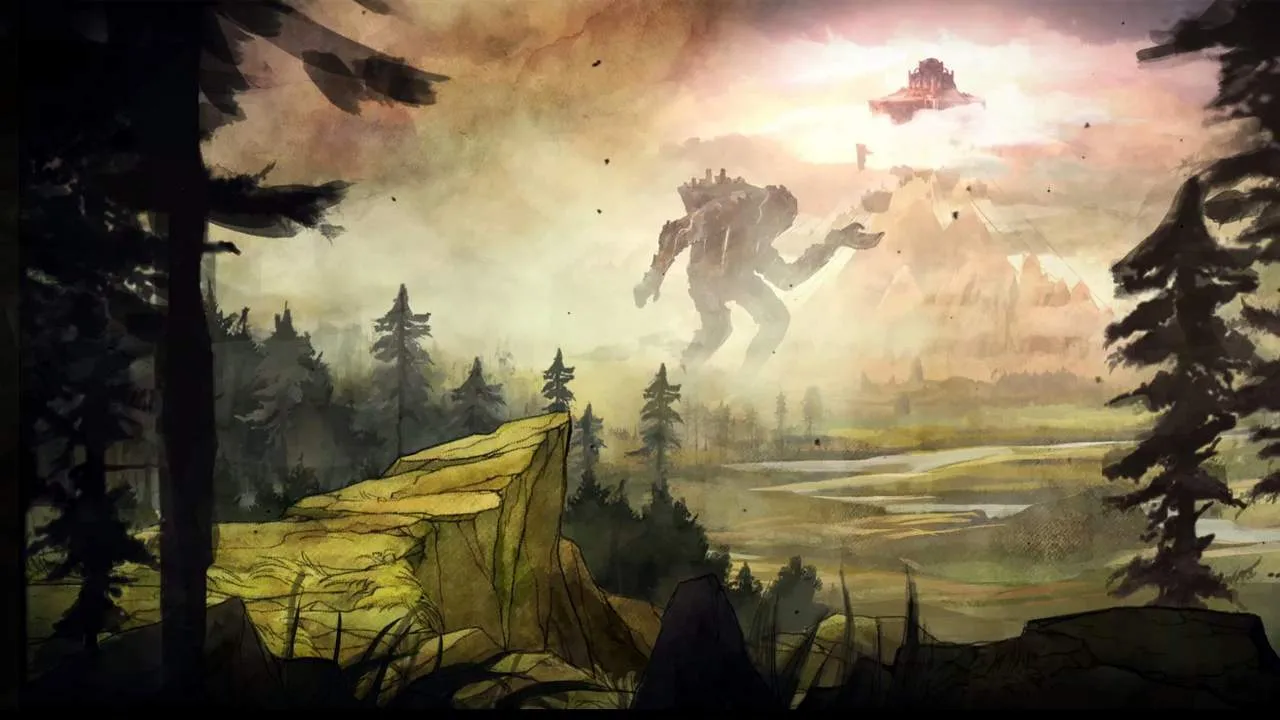
Child of Light: A Whimsical RPG Adventure with Stunning Visuals
Contents
Child of Light, a turn-based RPG developed by Ubisoft, offers a refreshing take on the genre, often dominated by Japanese studios. While Japanese RPGs (J-RPGs) have a long and storied history, Child of Light demonstrates that Western developers can also create compelling entries in this space. This game distinguishes itself not with cutting-edge 3D graphics or complex romantic narratives, but with a captivating fairy tale story and a dreamlike world rendered in breathtaking 2D art.
 Child of Light Aurora and Igniculus
Child of Light Aurora and Igniculus
A Touching Tale of Light and Shadow
Child of Light blends adventure, puzzle-solving, and turn-based combat to create a unique gameplay experience. The story follows Princess Aurora on her quest through the enchanting world of Lemuria, a land plunged into darkness by the evil Queen Umbra. Aurora’s mission is to restore light to Lemuria by awakening the spirits of light, retrieving the Sun, Moon, and Stars, and ultimately returning to her grieving father in the real world.
While exploration and puzzle-solving form the core gameplay loop, these elements primarily serve to showcase the beauty of Lemuria. Once Aurora gains her wings, traversal becomes even more fluid and enjoyable.
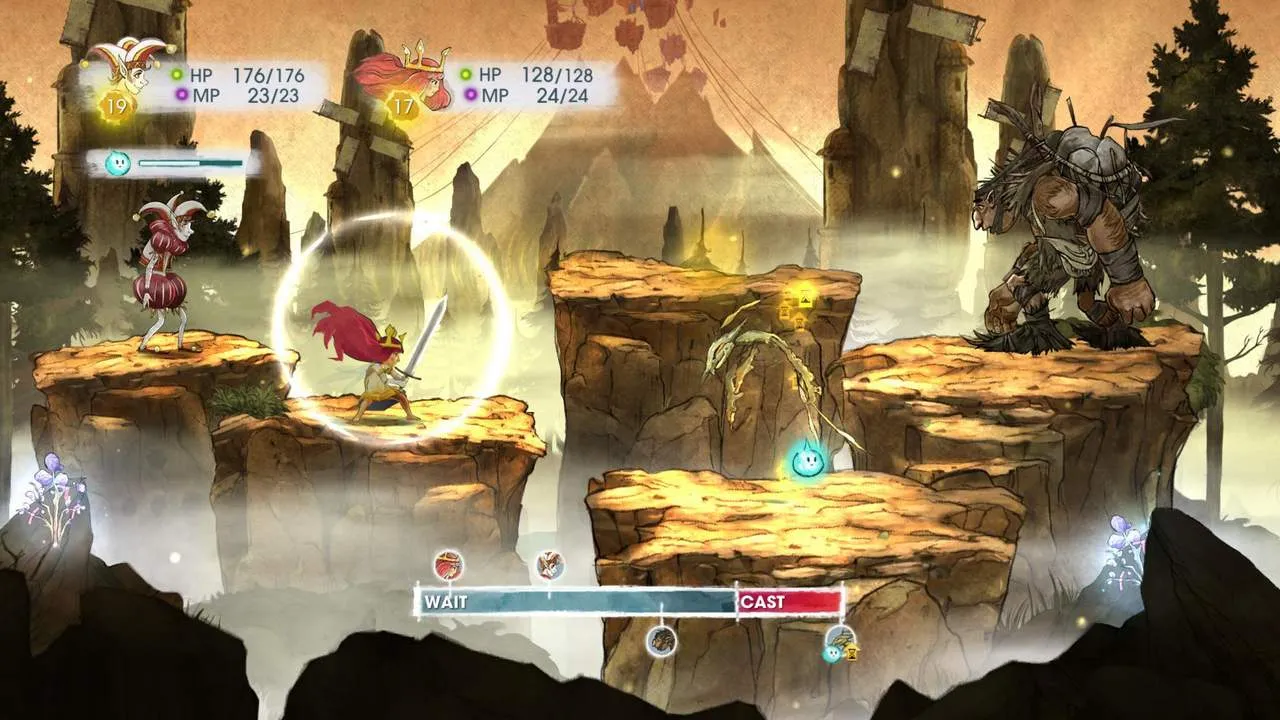 Child of Light Exploring Lemuria
Child of Light Exploring Lemuria
Mastering Turn-Based Combat
Child of Light’s combat system features a familiar Active Time Battle (ATB) gauge, a staple of many J-RPGs. However, its implementation here feels particularly polished and engaging. The strategic use of timed attacks, interrupts, and defensive maneuvers adds a layer of depth to each encounter. Igniculus, Aurora’s firefly companion, also plays a crucial role in battles, slowing enemies and providing tactical advantages. On the Wii U, controlling Igniculus with the touchscreen adds an intuitive element to the combat.
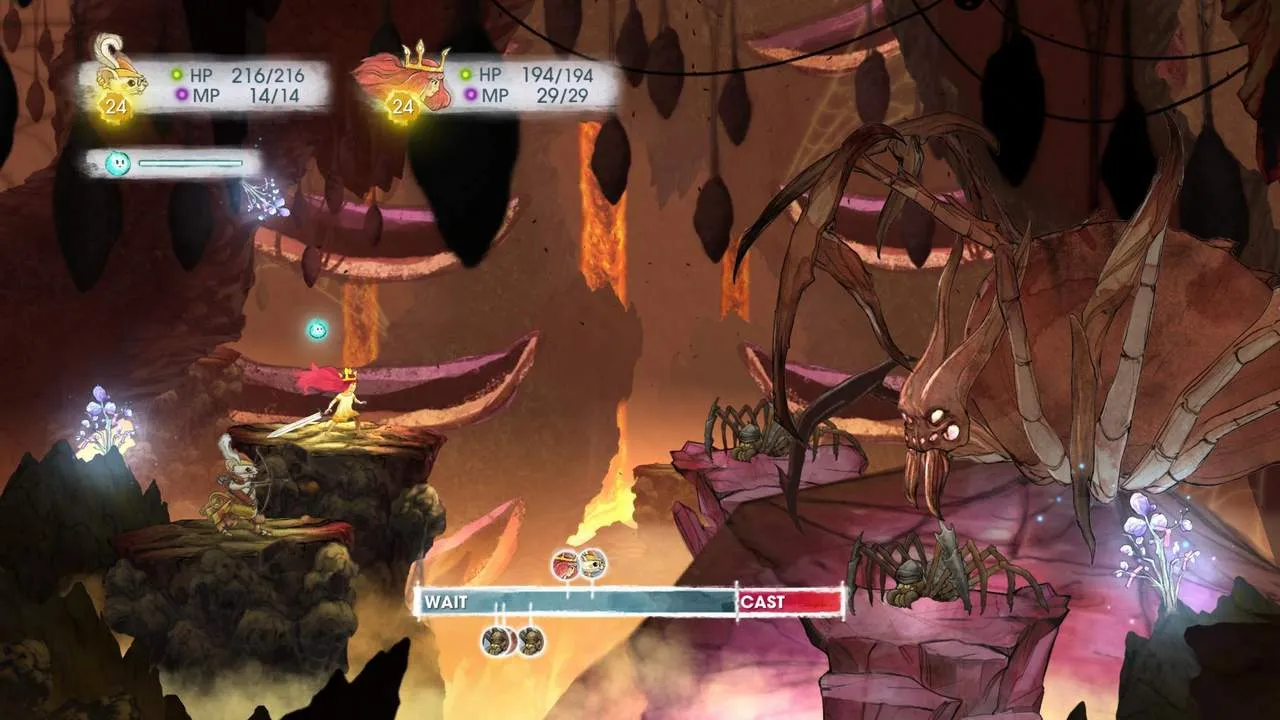 Child of Light Combat System
Child of Light Combat System
A Visual Masterpiece
The most striking aspect of Child of Light is its stunning hand-drawn art style. Every detail, from the lush landscapes to the intricate character animations, exudes a sense of wonder and artistry. The UbiArt Framework, combined with the developers’ passion for classic animation, creates a truly unforgettable visual experience. The game’s aesthetic draws inspiration from Studio Ghibli films, resulting in a world that feels both familiar and utterly unique.
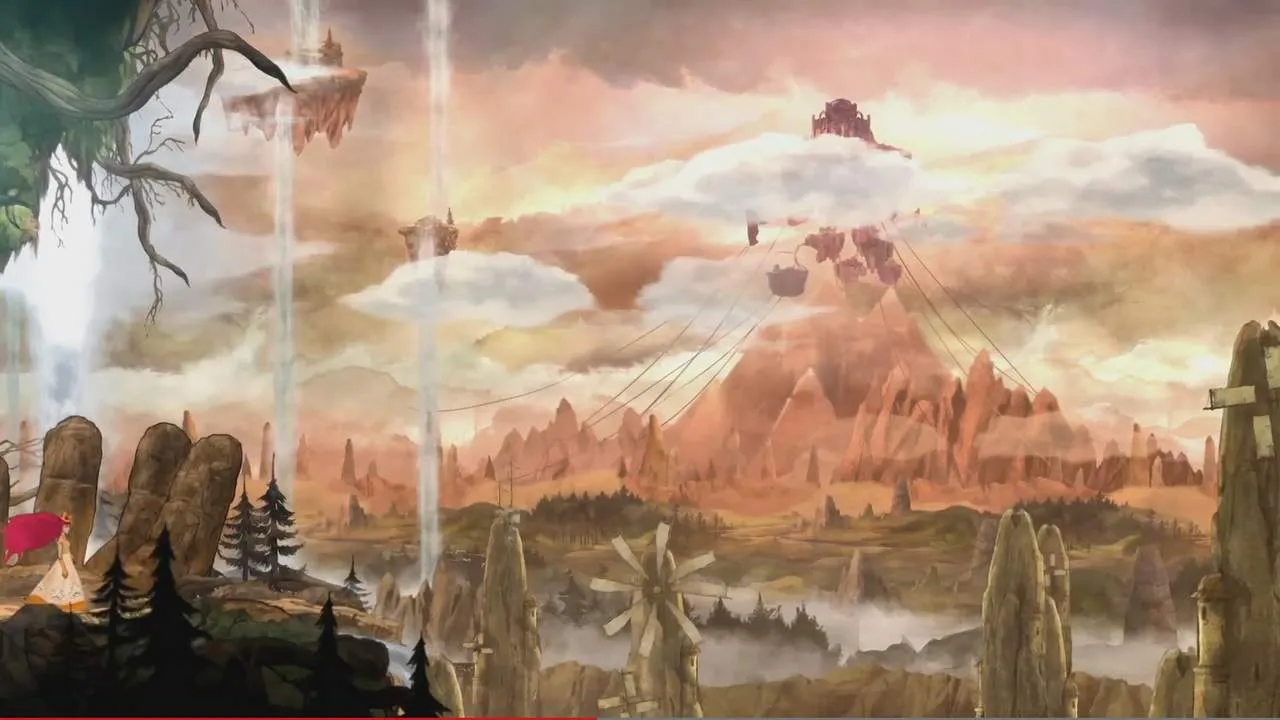 Child of Light Hand-Drawn Art
Child of Light Hand-Drawn Art
A Poetic Narrative with Potential Drawbacks
The narrative, delivered in rhyming verse, is a double-edged sword. While the poetic language adds to the game’s fairytale charm, it can also feel overly verbose and sometimes detracts from the pacing. The stylized dialogue may not appeal to all players, and some may find it tedious.
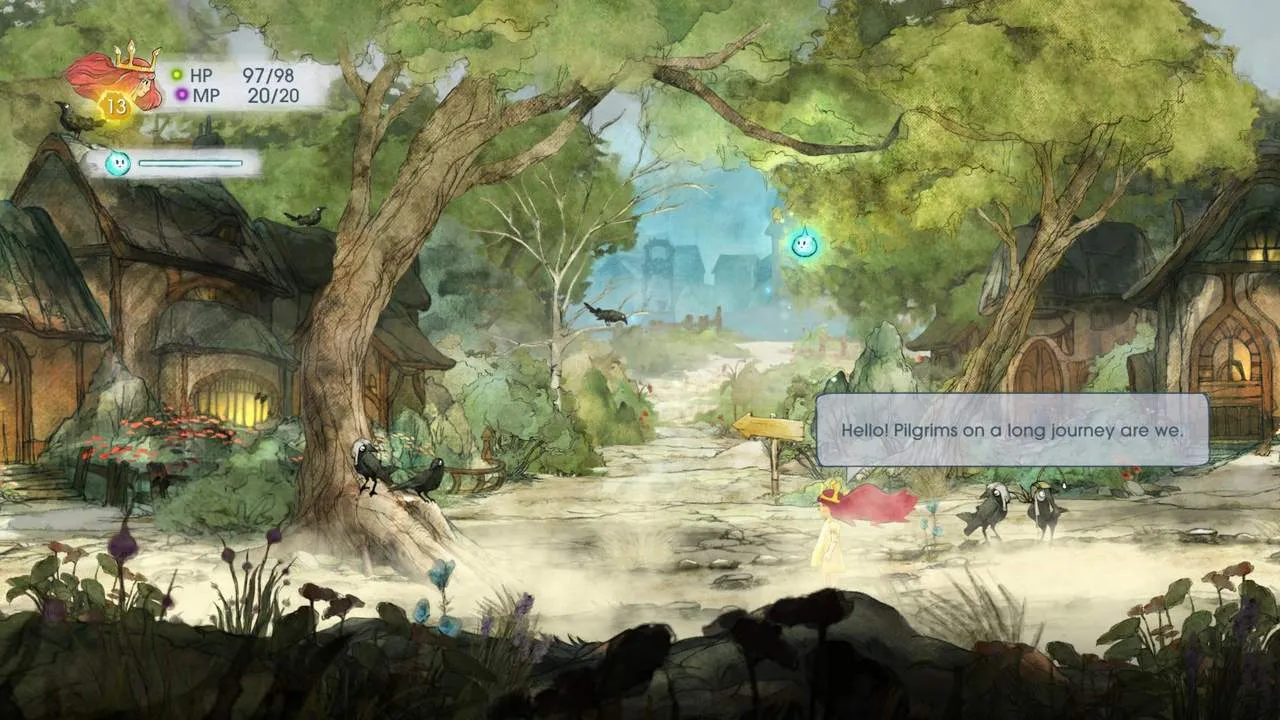 Child of Light Poetic Narrative
Child of Light Poetic Narrative
Room for Improvement in Skill Customization
Child of Light’s skill system, while featuring a branching skill tree reminiscent of Western RPGs, offers limited character customization. Each character has three skill branches, but the majority of skills are passive stat boosts, leaving little room for truly unique builds. This can make character roles feel somewhat predetermined, despite the illusion of choice.
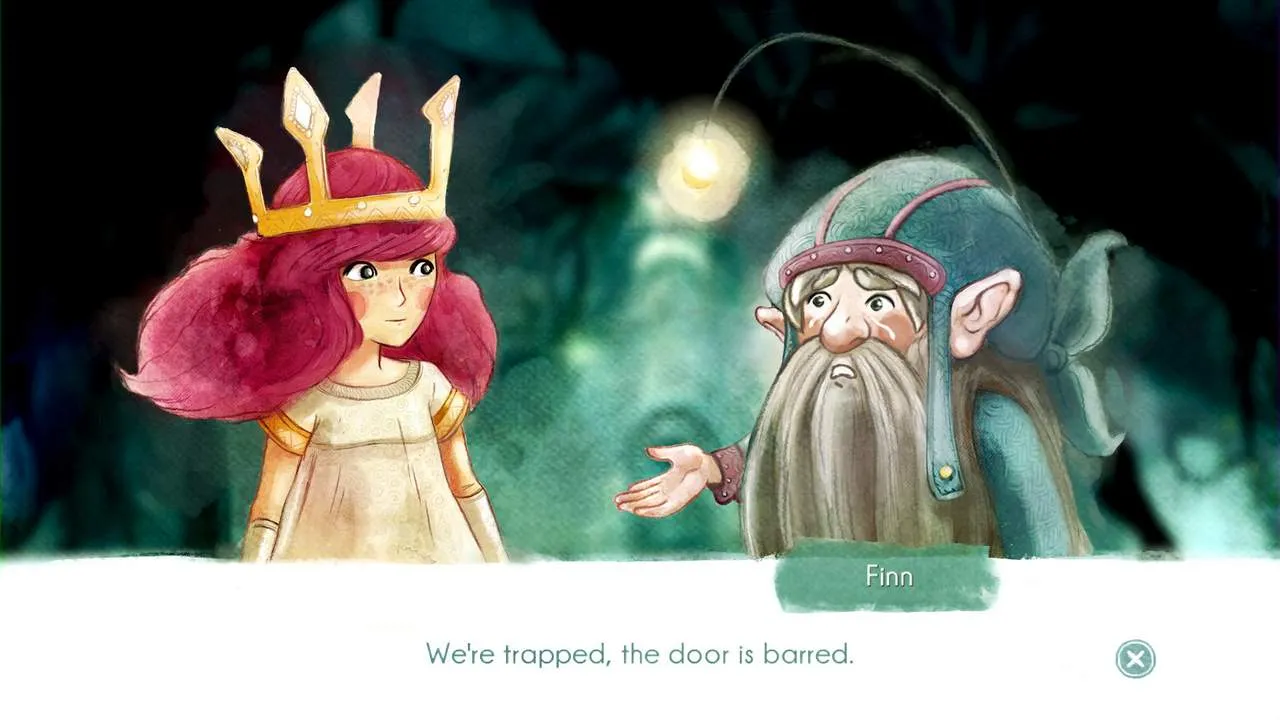 Child of Light Skill Tree
Child of Light Skill Tree
Conclusion
Despite some minor shortcomings, Child of Light is a captivating RPG experience that stands out for its stunning visuals, engaging combat, and unique narrative style. While the poetic dialogue and limited skill customization may not appeal to everyone, the game’s overall charm and artistry make it a worthwhile adventure.





Comments (0)